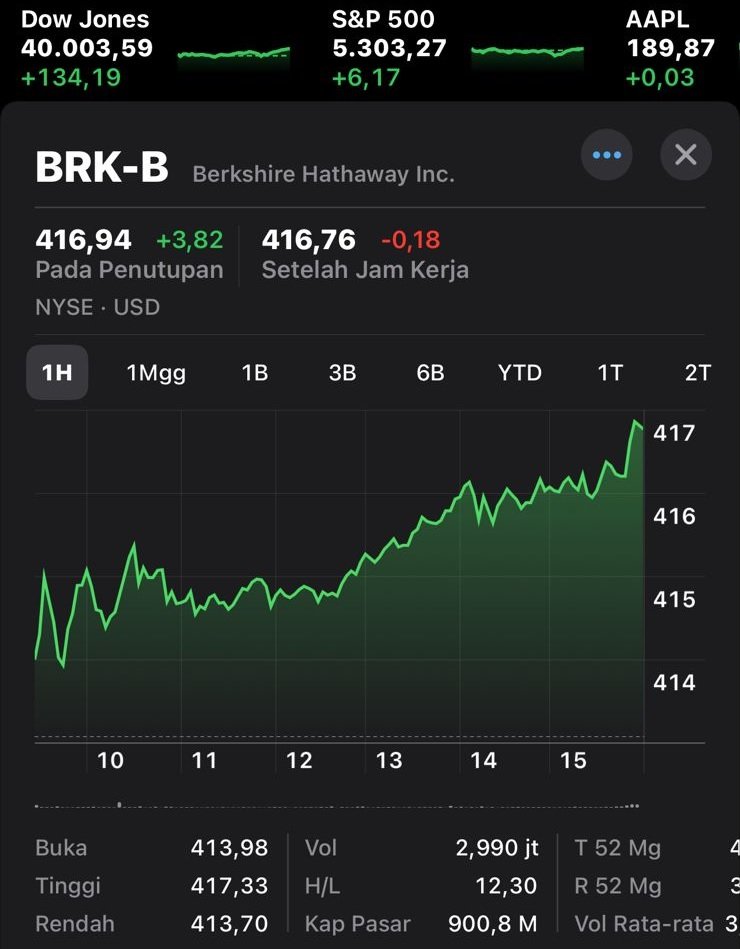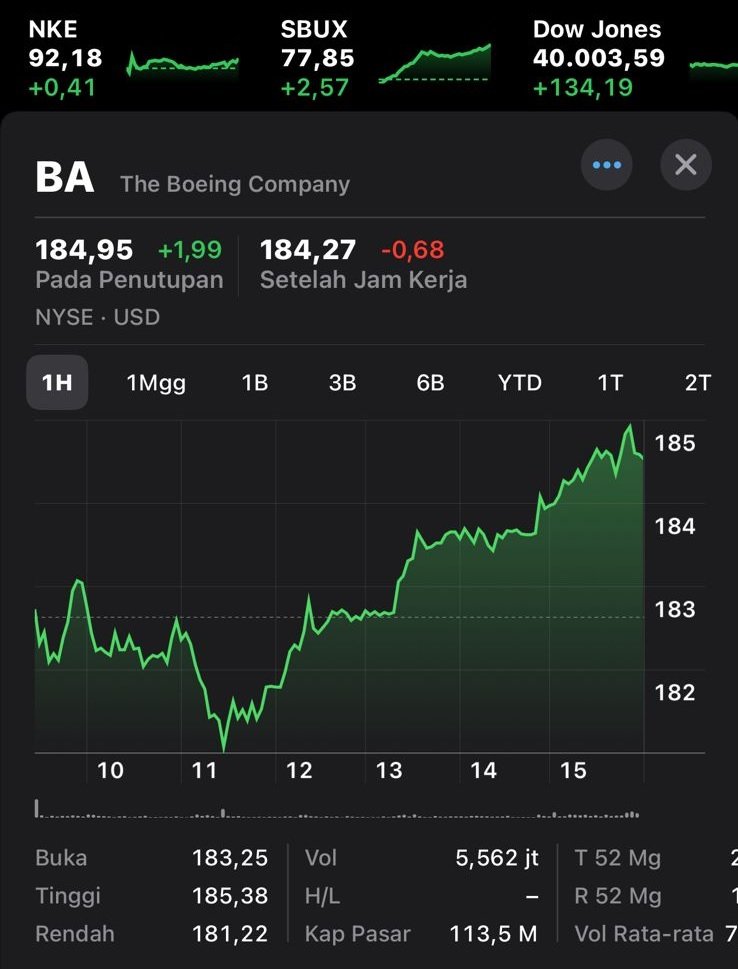In the competitive business environment of this modern era, it has become important for companies to analyze their financial performance accurately. One of the main metrics that can help us evaluate the long-term growth of a company is the Average Annual Growth Rate (AAGR). AAGR is a metric that can provide a comprehensive understanding of how a business has developed over a certain period of time.
AAGR which stands for Average Annual Growth Rate is a powerful tool that allows companies to evaluate their growth rate consistently over a certain period. This metric is very useful in measuring the effectiveness of a company’s strategic decisions and investment opportunities. By calculating AAGR, companies can identify trends, forecast their future growth, and make decisions based on reliable data.
For investors, AAGR provides important information regarding a company’s performance. This metric helps investors assess the potential return on investment and compare the growth rates of different companies in the same industry. AAGR serves as a benchmark for evaluating an investor’s investment success and plays an important role in their investment decision making.
How to Calculate AAGR.
The AAGR calculation method uses a simple formula that takes into account the initial value, final value and the number of years in the period under consideration. The following is the process and step by step in calculating AAGR, namely
First, determine the initial value.
It refers to the starting point of a growth period, which could be revenue, profit, or any other financial metric we want to measure.
Second, determine the final value.
This represents the end point of the growth period, which is the value we want to compare with the initial value to calculate the growth rate.
Third, determine the number of years.
This indicates the duration of the growth period. It is important to ensure that the time frame is consistent with the data being analyzed.
Fourth, apply the AAGR formula, namely:
AAGR = (Final Value / Initial Value)^(1/Number of Years) – 1
Benefits of Using AAGR as a Performance Metric.
Using AAGR as a performance metric can provide many benefits for company management and for investors. Let’s explore some of the main advantages or benefits of AAGR, namely:
Long-term growth assessment.
AAGR allows company management to measure their company’s growth over a long period of time, providing a more accurate picture of progress. This metric helps management identify trends, opportunities and areas of improvement in the company.
Comparison between industries.
AAGR allows investors to compare the growth rates of companies operating in different industries, which can help investors in making informed investment decisions and identifying industries with higher growth potential.
Strategic decision making.
AAGR helps company management evaluate the effectiveness of their strategic decisions. By tracking a company’s growth rate over time, management can assess the impact of their strategy on the company and make necessary adjustments.
Forecast future growth.
AAGR serves as a reliable indicator for estimating a company’s future growth. By analyzing historical growth rates, company management can make more accurate projections and plan the company’s future appropriately.
Limitations and Considerations when using AAGR.
While AAGR is a valuable and very useful metric, it is important to consider these limitations of AAGR and incorporate them into the analysis:
Data accuracy.
The ultimate accuracy of AAGR is overly dependent on the quality and reliability of the data used. So AAGR users must ensure that the data analyzed is accurate and consistent.
External factors.
AAGR does not take into account external factors that may influence a company’s growth rate, such as economic conditions or factors specific to the industry in which the company does business. So it is important for AAGR users to consider these factors when interpreting results.
Limited coverage.
AAGR provides a snapshot of a company’s growth rate over a specific period, but unfortunately this report does not capture short-term fluctuations or provide insight into the underlying factors driving growth.
Historical perspective.
AAGR is based only on historical data and may not accurately capture the future potential of a business. So AAGR users need to complement AAGR analysis with other forecasting methods to get a comprehensive picture.













